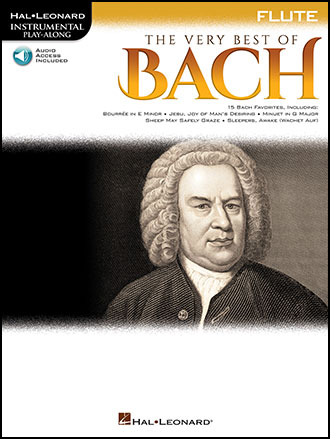

Therefore, it’s fair to assume Beethoven wrote his Symphony No. The number added almost always follows a chronological order. When a composer writes more than one of the same type of composition, “No. This is why it doesn’t make sense to simply say that you liked Bach’s ‘Sonata,’ since he wrote 6 of them! Often, the same composer will write multiple compositions in the same form. Notes and keys, which we’ll soon discuss, should also be capitalized.

Ĭomposition types or forms in a classical song title begin with a capital letter. The type of composition is mentioned in the title right after the composer’s name. These include the symphony, the sonata, the concerto, and the fugue, and more. an opera, for example.Ĭlassical music employs a number of different musical forms or compositions. His music was further popularised through a multitude of arrangements, including for instance the Air on the G String, and of recordings, for instance three different box sets with complete performances of the composer's oeuvre marking the 250th anniversary of his death.The purpose of classical music titles is to enable you to distinguish one composition from another without confusion.Īrguably the biggest distinguishing factor between two pieces of music is the type of composition.

Dissemination of scholarship on the composer continued through periodicals and websites exclusively devoted to him, and other publications such as the Bach-Werke-Verzeichnis (BWV, a numbered catalogue of his works) and new critical editions of his compositions. The 19th century saw the publication of some major Bach biographies, and by the end of that century all of his known music had been printed. Throughout the 18th century Bach was primarily valued as an organist, while his keyboard music, such as The Well-Tempered Clavier, was appreciated for its didactic qualities. Many of his works employ the genres of canon and fugue. He composed concertos, for instance for violin and for harpsichord, and suites, as chamber music as well as for orchestra. He wrote extensively for organ and for other keyboard instruments. He often adopted Lutheran hymns, not only in his larger vocal works, but for instance also in his four-part chorales and his sacred songs.

He composed Latin church music, Passions, oratorios and motets. Bach's compositions include hundreds of cantatas, both sacred and secular. He died of complications after eye surgery in 1750.īach enriched established German styles through his mastery of counterpoint, harmonic and motivic organisation, and his adaptation of rhythms, forms, and textures from abroad, particularly from Italy and France. In the last decades of his life he reworked and extended many of his earlier compositions. In Leipzig, as had happened in some of his earlier positions, he had a difficult relation with his employer, a situation that was little remedied when he was granted the title of court composer by the Elector of Saxony and King of Poland in 1736. From 1726 he published some of his keyboard and organ music. He composed music for the principal Lutheran churches of the city, and for its university's student ensemble Collegium Musicum. From 1723 he was employed as Thomaskantor (cantor at St. From 1703 he was back in Thuringia, working as a musician for Protestant churches in Arnstadt and Mühlhausen and, for longer stretches of time, at courts in Weimar-where he expanded his repertoire for the organ-and Köthen-where he was mostly engaged with chamber music. Having become an orphan at age 10, he lived for five years with his eldest brother, after which he continued his musical formation in Lüneburg. The Bach family already counted several composers when Johann Sebastian was born as the last child of a city musician in Eisenach. Since the 19th-century Bach Revival he has been generally regarded as one of the greatest composers of all time. He is known for instrumental compositions such as the Brandenburg Concertos and the Goldberg Variations, and vocal music such as the St Matthew Passion and the Mass in B minor.
#Bach compositions meanings full#
Johann Sebastian Bach (31 March 1685 – 28 July 1750) was a Ger… Read Full Bio ↴ Johann Sebastian Bach (31 March 1685 – 28 July 1750) was a German composer and musician of the Baroque period.


 0 kommentar(er)
0 kommentar(er)
